Halloween is just around the corner, which means it's the perfect season to check out some of our night sky’s eeriest treats. The following is a list of some of the most popular spooky sights that dot the universe. Not all of these haunting beauties will be visible from all latitudes, but even if you cannot view them from the field, they are all worth checking out virtually.
Our haunting cosmic journey beings with a celestial witch hunt in the constellation Eridanus, which is visible from 82° North to 90° South. In this sprawling constellation, a faint but striking reflection nebula conjures up the image of an old crone. A great target for astrophotography, the appropriately named Witch Head Nebula has a mesmerizing blue glow that adds to its creepy quotient. The likely source of this illumination is the nearby blue supergiant Rigel, which is a main attraction in the Orion constellation.

Credit: NASA/STScI Digitized Sky Survey/Noel Carboni
As the Northern Hemisphere eases into fall, Ursa Major’s popular Owl Nebula has definite autumnal appeal. Found below the bowl of the constellation’s famed Big Dipper asterism, the Owl Nebula is a planetary nebula that appears as a greenish disk marred by two dark voids that give the object its owl-like appearance. These “eyes” show up nicely in an 8-inch telescope, and the white dwarf that lurks between them reveals itself in a slightly larger telescope. Long-exposure photos will render a reddish outline around the green-hued core.

Credit: Astrophotographer Douglas J Struble captured this image of the Owl Nebula with the aid of an Explore Scientific 152mm Carbon Fiber refractor.
As complicated as the creature it is associated with, the Cat’s Eye Nebula is a bright planetary nebula that peers out of the night sky near the North Ecliptic Pole with an ominous blue-green glow. Although you can see it in modest telescopes, you will need to use high magnification to reveal any hints of its highly complex structure, which includes curving brown lines and radiating circles. Most will see it as a blue-green disc with a blazing central star. The nebula, which is located in the Northern Hemisphere’s Draco constellation, is a great choice for a long-exposure photo.

Credit: Astrophotographer Douglas J Struble captured this image of the Cat's Eye Nebula with the aid of an Explore Scientific ED Air-Spaced Triplet Refractor.
If you want to add some paranormal flair to your Halloween hunt, be sure to check out IC 63, an emission nebula known as the Ghost of Cassiopeia. Visible from 90° North to 20° South, the Cassiopeia constellation is known for the striking “W”- or "M"-shaped asterism that is formed by its five brightest stars, one of which is the brilliant blue Gamma Cassiopeiae. This star, which lies at the center of the famous asterism, is responsible for the billowing glow of the ghost-like IC 63 as well as the visually nearby reflection nebula IC 59. The ethereal nature of IC 63 is further enhanced by the fact that it is being eroded thanks to the intense ultraviolet radiation pouring out from Gamma Cassiopeiae and will one day disappear completely. If you are wanting to get a glimpse of this faint apparition, you will definitely need a large telescope.

Credit: Astrophotographer Douglas J Struble captured this image of IC 59 (left) and IC 63, which is also known as the Ghost of Cassiopeia, with the aid of an Explore Scientific 152mm Carbon Fiber refractor.
IC 63 is not the only haunting emission nebula in Cassiopeia. Within its inky depths is Sh2-173, which manifests a mask-like appearance that has earned it the fitting moniker Phantom of the Opera Nebula. This creepy face is too faint to really be a visual observing target, but those looking to spend a fall night honing their long-exposure astrophotography skills might want to give it a shot.

Dark Horse NebulaCredit: Astrophotographer Douglas J Struble
Unless you are talking about the steed the Headless Horseman rides, horses do not usually conjure up chilling thoughts. But when you see a light-masking dark nebula take the distinct form of a shadowy horse barreling through the night sky, it can be a spine-tingling image. Located in the Ophiuchus constellation that lies on the celestial equator, the Dark Horse Nebula obscures part of the Milky Way’s upper central bulge. Although daunting in size, this ominous object is actually a combination of smaller dark nebulae, including the Pipe Nebula, which forms the back end of our ominous horse, and the slithering Snake Nebula, which has a distinct S-shape that will pop out in a mid-size telescope under a dark sky.

Ghost of JupiterCredit: NASA, ESA, Hubble, et al
Another nebula with eye-like appeal is the Ghost of Jupiter. Located in the Hydra constellation, which is visible from 54° North to 83° South, this planetary nebula can be captured in some telescopes as a blue-hued spherical cloud of gas and dust brewing around a central white dwarf. The fact that it is similar in size to our solar system’s giant planet Jupiter is what gives the nebula its name. Although it can be enjoyed with a small telescope, a larger one will show an intriguing outer halo.

Credit: Danny LaCrue & the ESA/ESO/NASA Photoshop FITS Liberator
Although several nebulae are associated with ghosts, there is one that is particularly unsettling. The Ghost Nebula looms in the Northern Hemisphere’s Cepheus constellation, which is in a prime observation position in November. This wispy reflection nebula manifests an intriguing brownish color around its edges. To one side of its brighter core, dark dust clouds appear as figures straining to break free. On the opposite edge a large dark cloud swirls around a glowing center and could be a harbinger of a binary star system in the making.

Tarantula NebulaCredit: Adam Block, Mount Lemmon SkyCenter, University of Arizona (Click here for license link)
The final choice for this spooky space roundup can be found in the Southern Hemisphere’s Large Magellanic Cloud, which spills out into both the Dorado and Mensa constellations. The LMC can be seen from approximately 20° North to the South Celestial Pole. From its post in the Dorado side, the mesmerizing Tarantula Nebula dominates the web of celestial wonders that pack this galaxy. This exceptional nebula is the largest and most active star-forming region in our Local Group of galaxies. Observations by NASA’s Hubble Telescope found the Tarantula Nebula teems with more than 800,000 stars and protostars. This nebula was also the location of Supernova 1987A, which lit up on February 23rd, 1987. Visible to the naked eye, this historic event was the closest supernova observed since the invention of the telescope.

Credit: NASA, ESA, and E. Sabbi/STScI

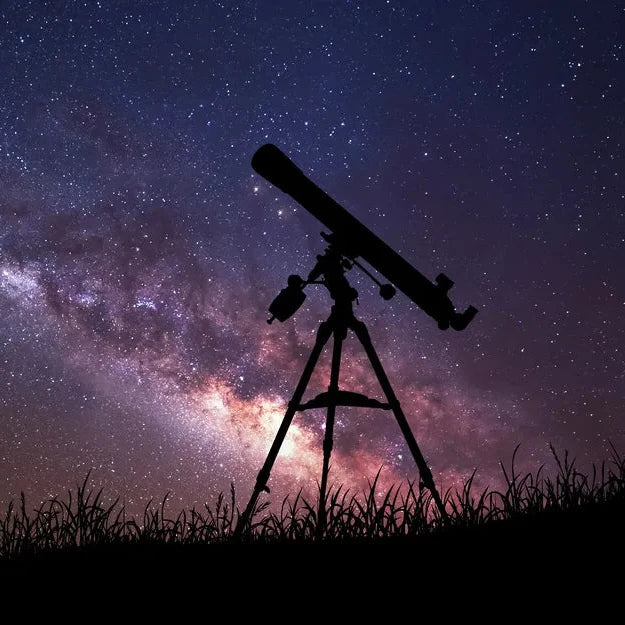
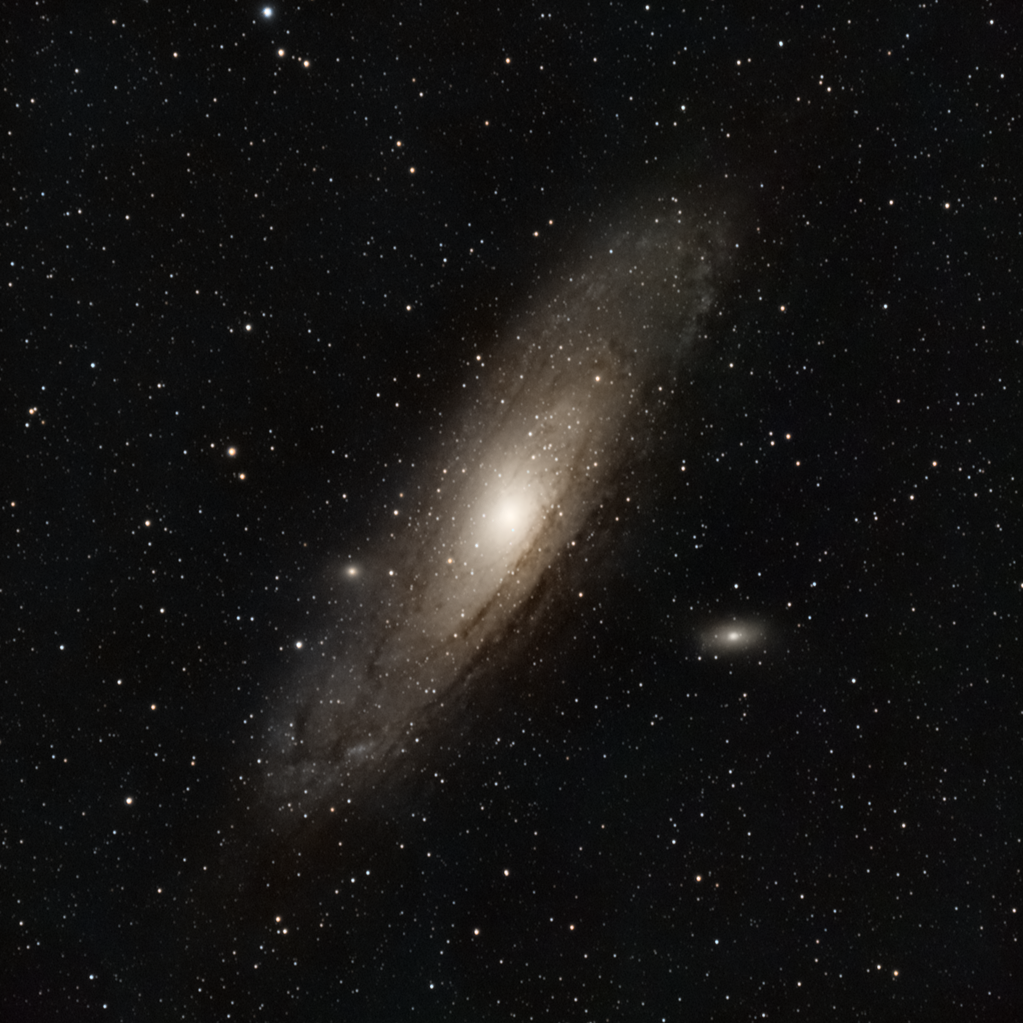
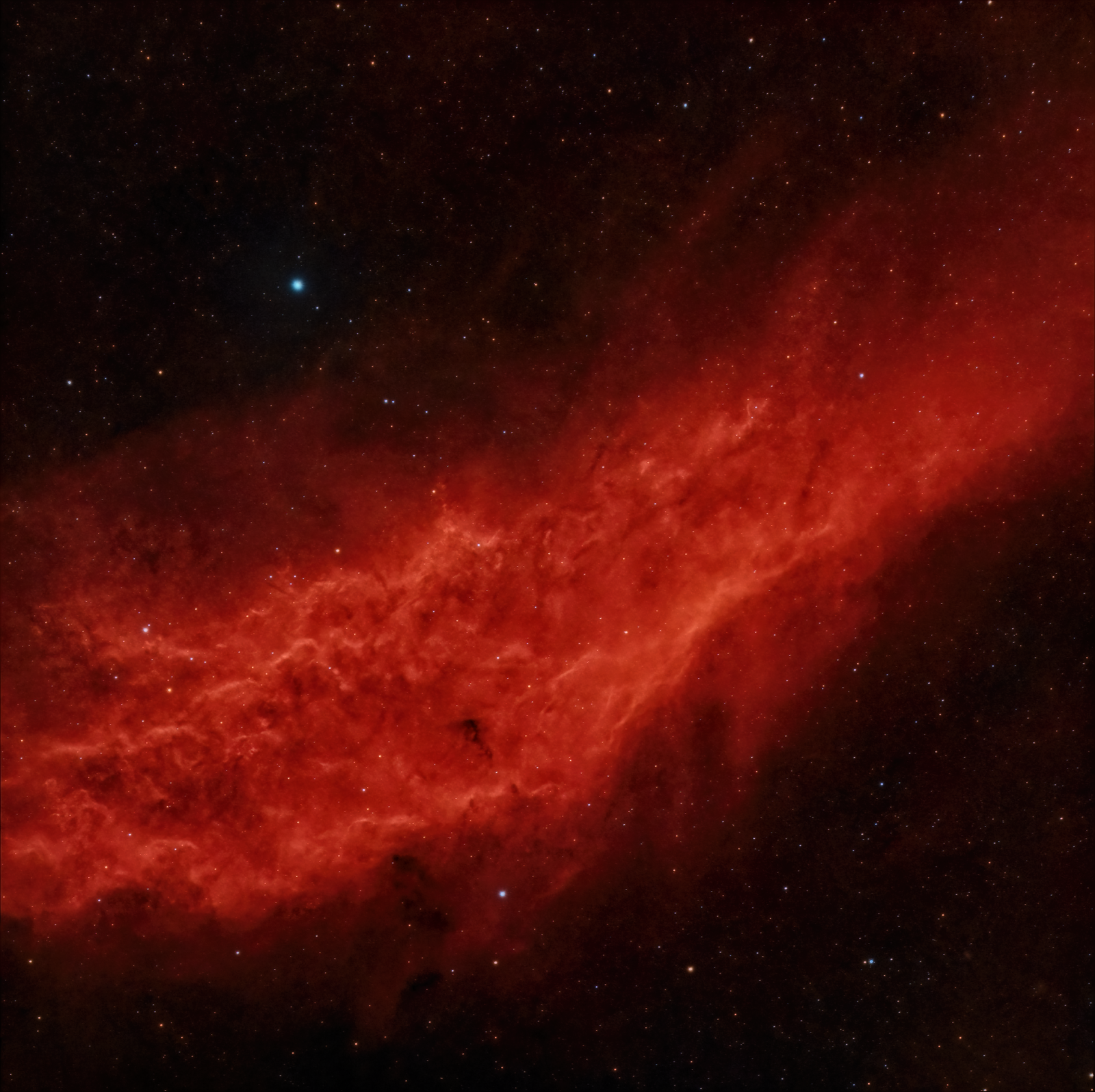
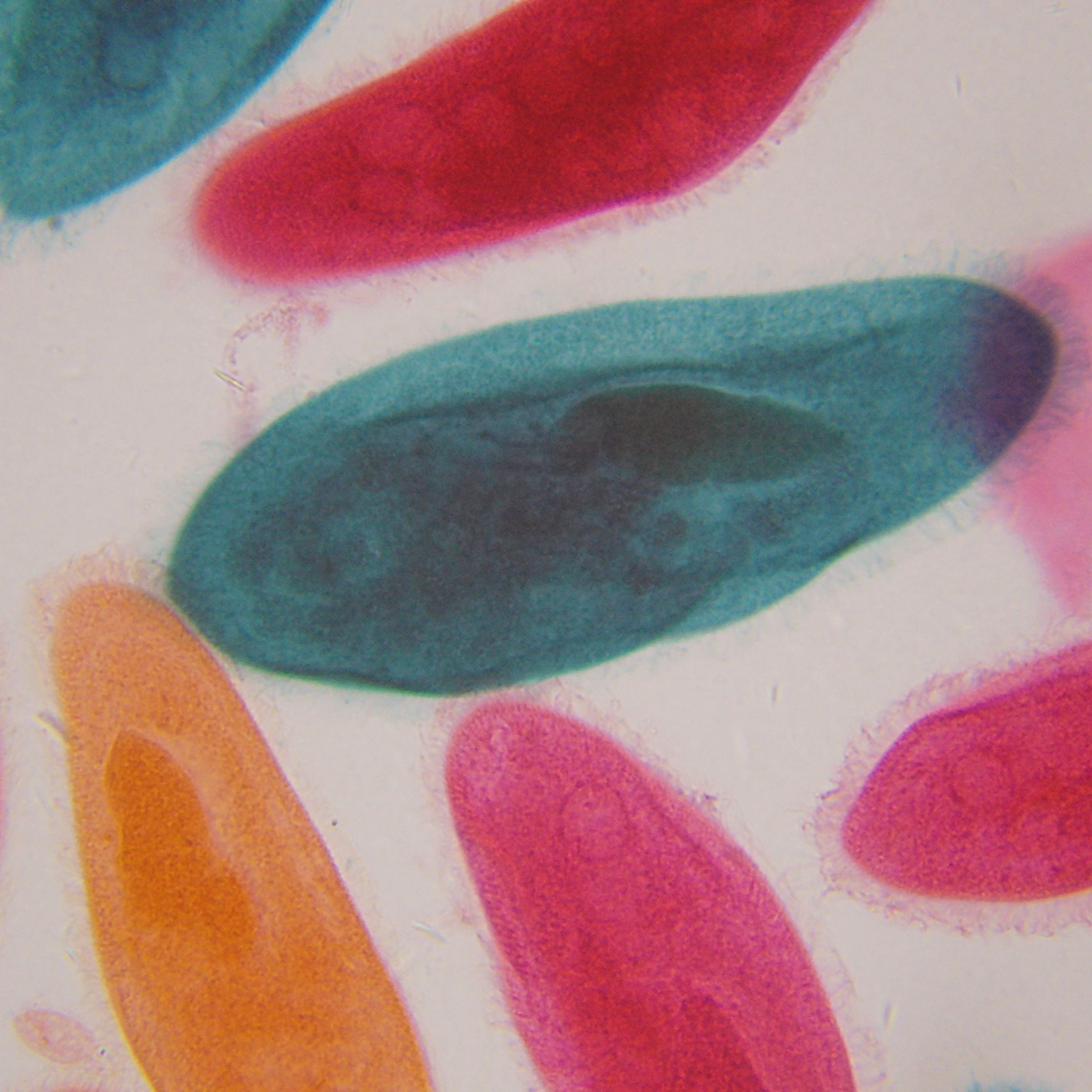


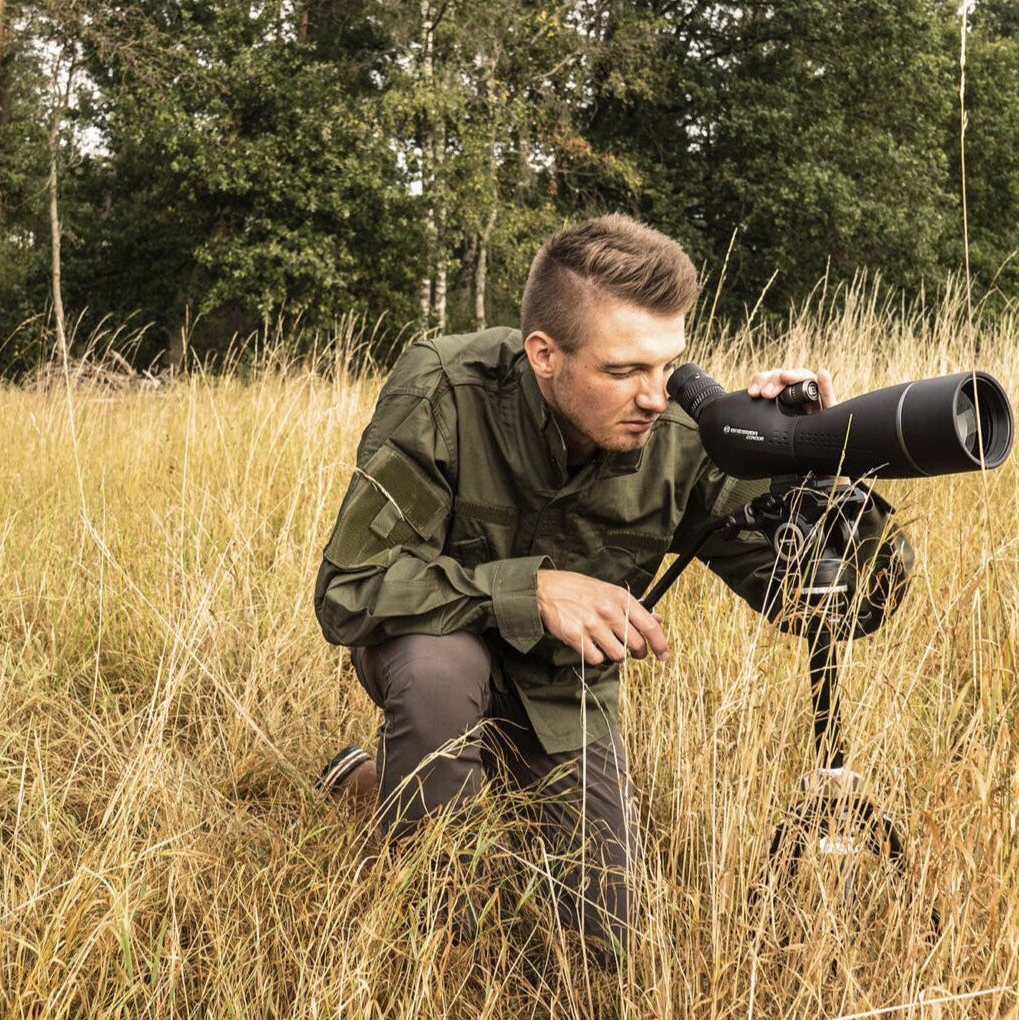
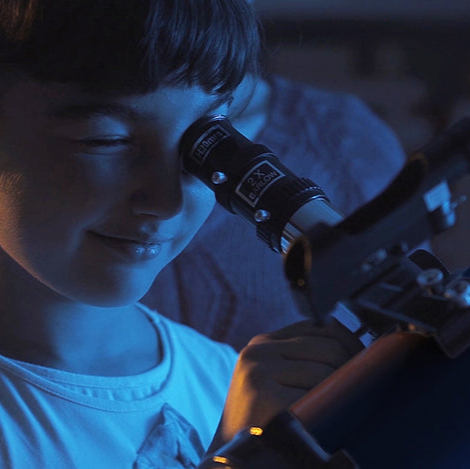

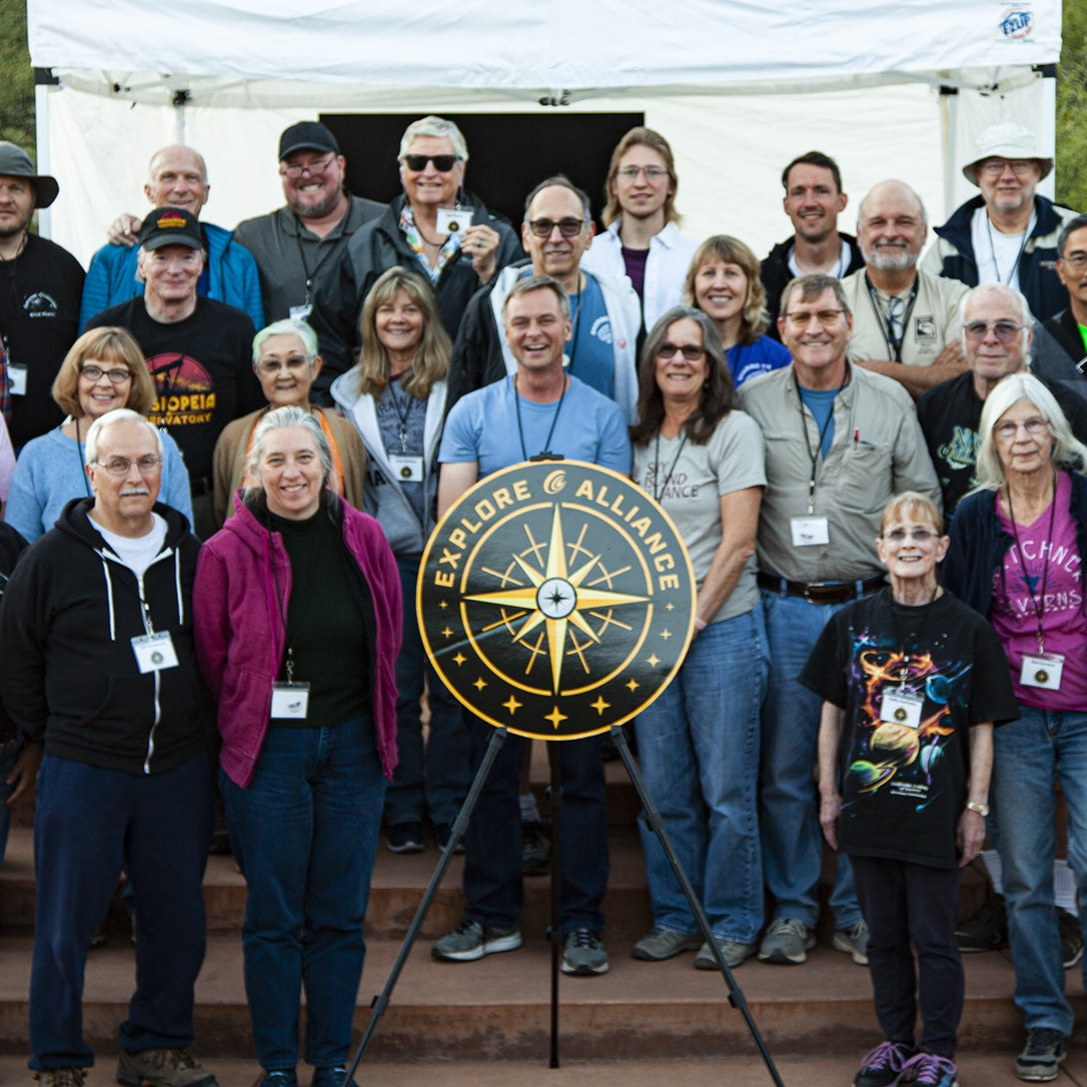
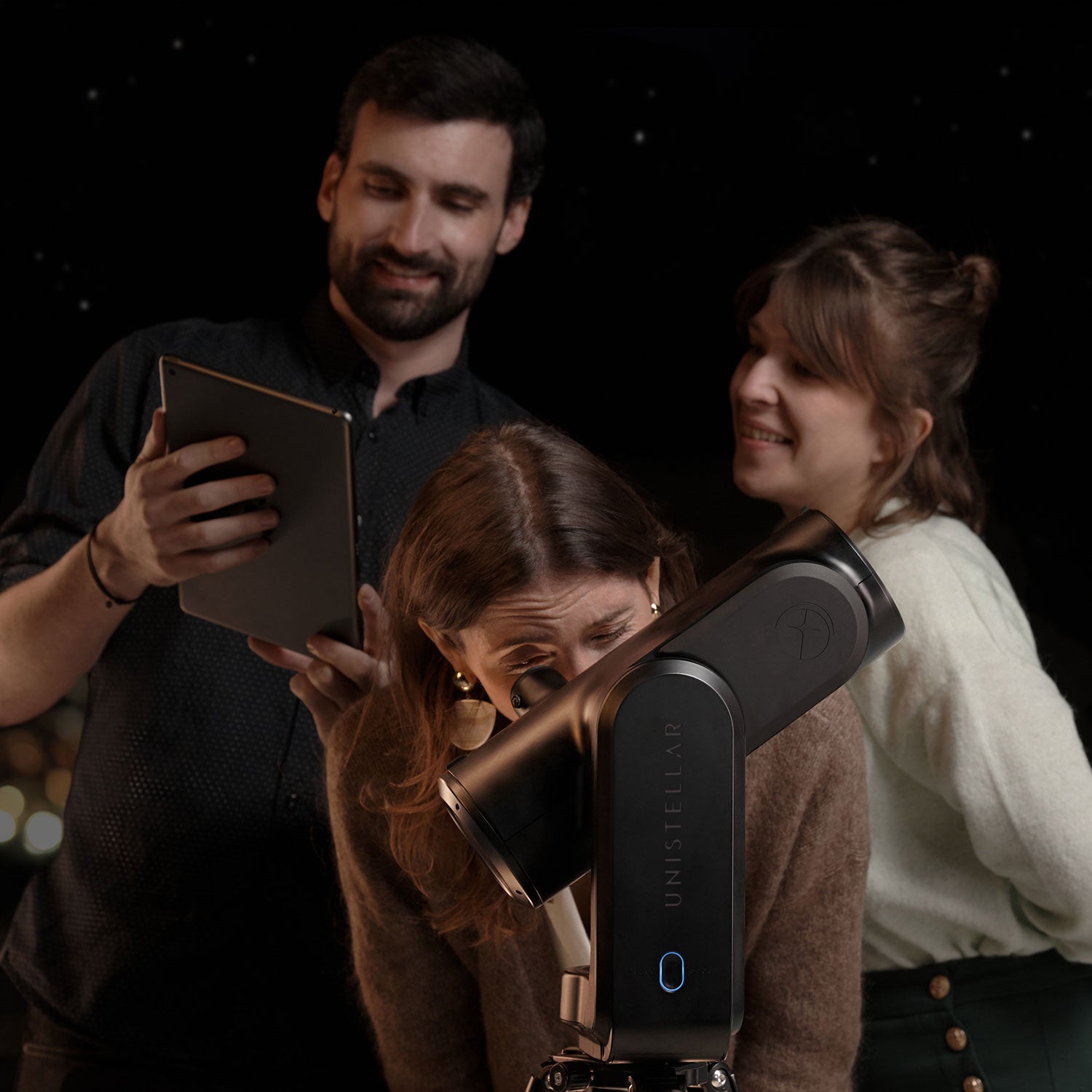


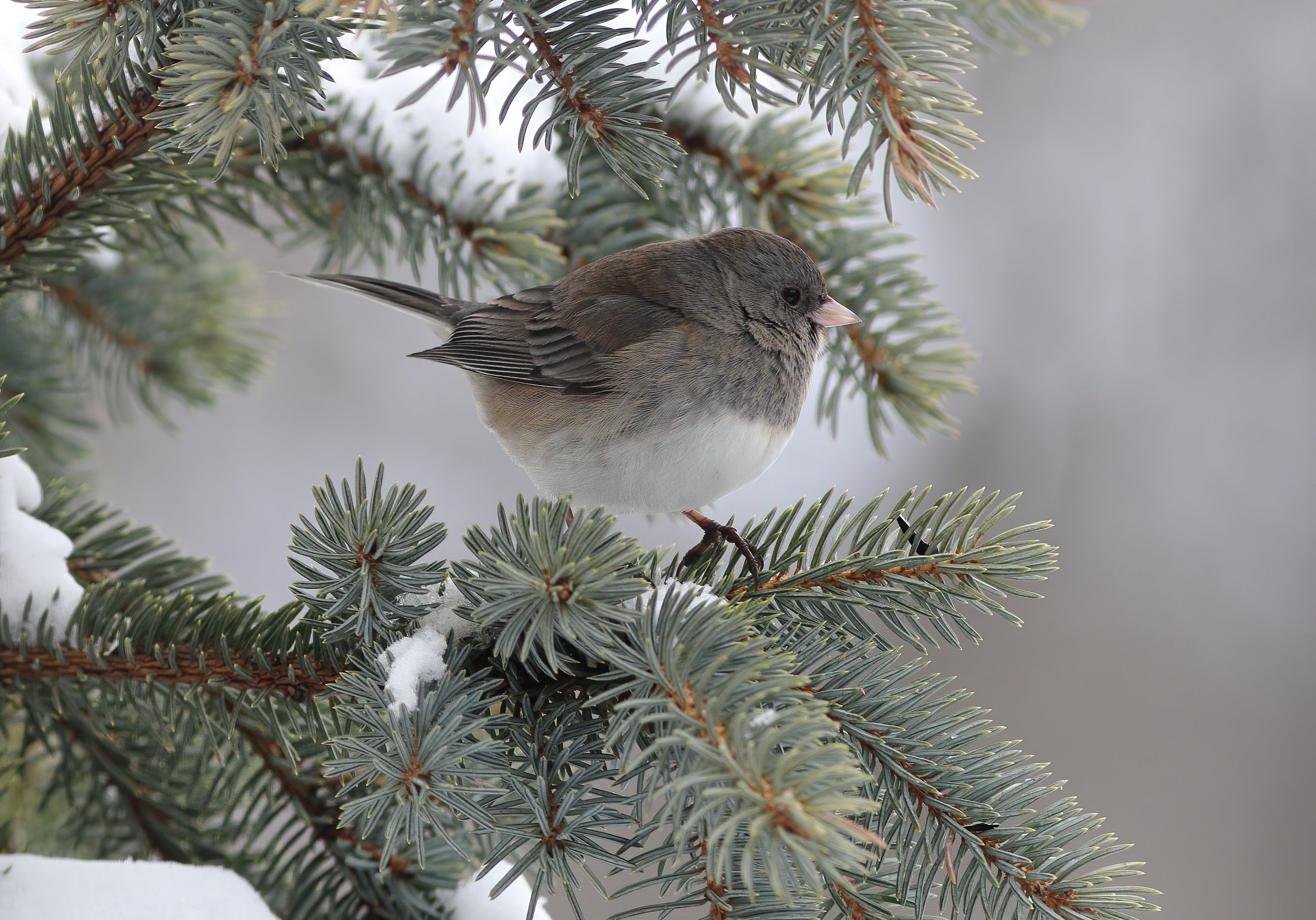
1 commentaire
Mark Costello III
Y’all missed a cluster in Cassiopeia, NGC457. It’s called the Nazgûl Cluster, the Owl Cluster. I call it the Bogeyman Cluster. It’s nice and spooky at low and medium power in an AR127.
Laisser un commentaire
Tous les commentaires sont modérés avant d'être publiés.
Ce site est protégé par hCaptcha, et la Politique de confidentialité et les Conditions de service de hCaptcha s’appliquent.